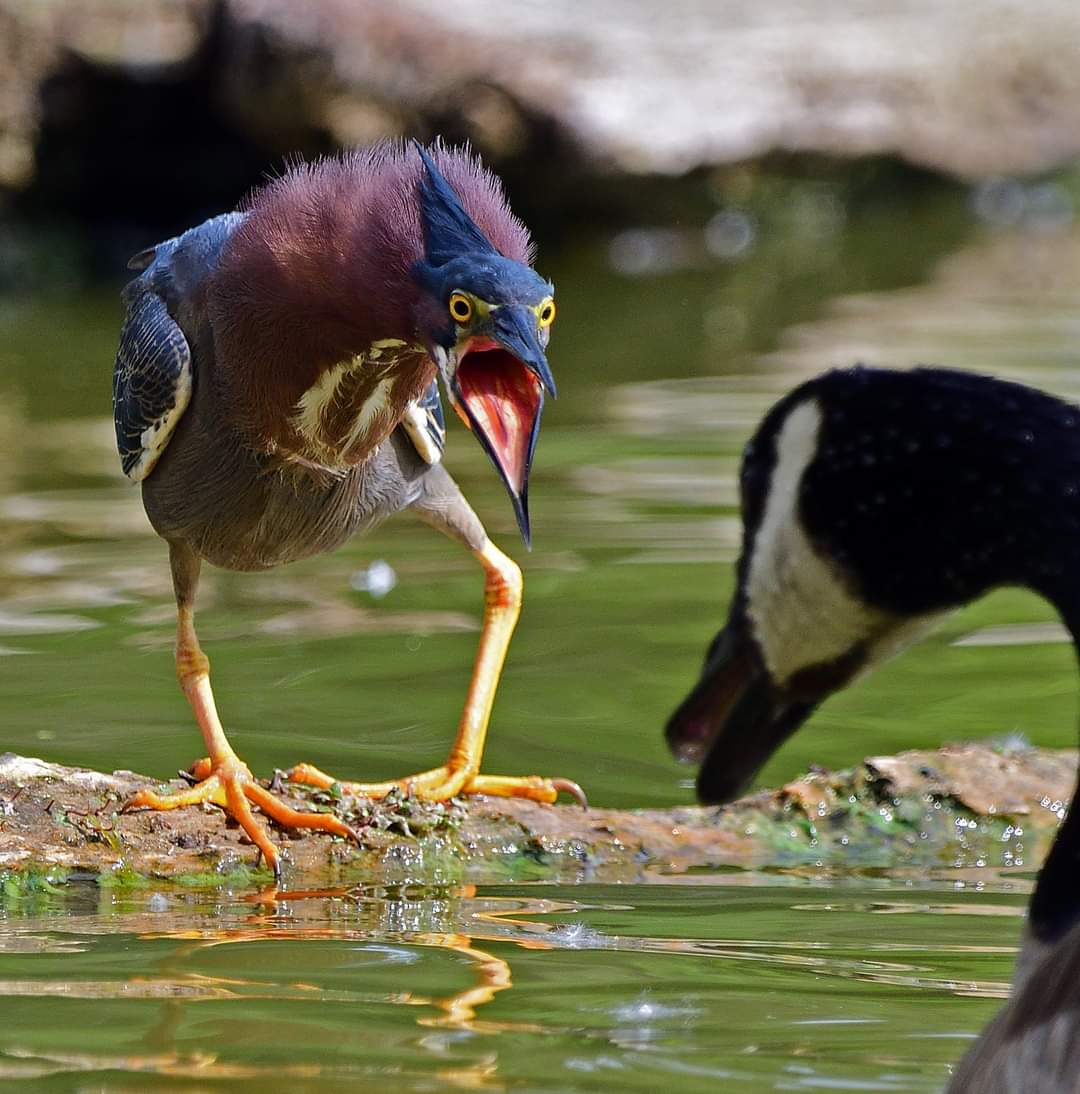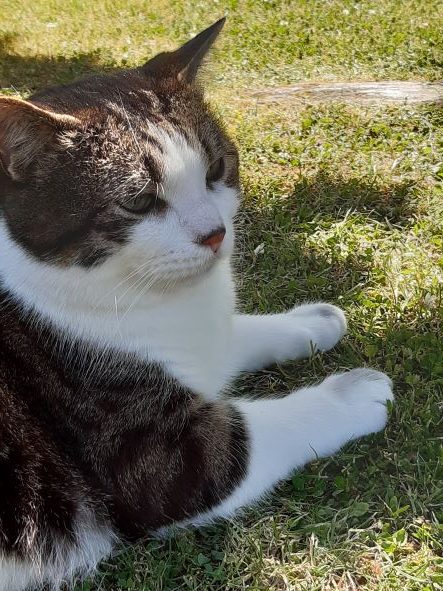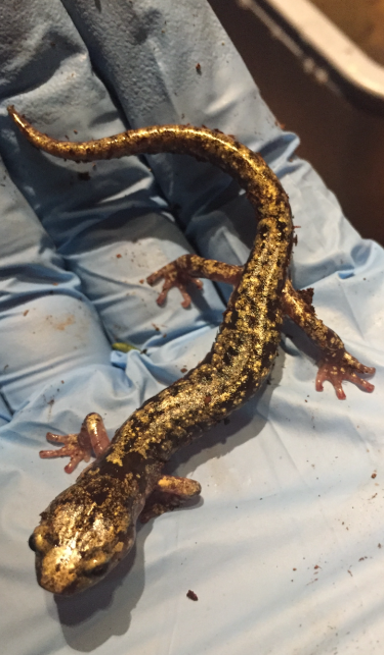So I got lots of writing done today, but most of it was for a fantasy novel that’s not going to be available for at least a year (though maybe some stuff sooner for patrons?). Long story short, I’m wiped, so I’m going to lean on Ze Frank again, to continue my ongoing campaign for a human-beaver partnership.
There are a couple of things in that video I never knew, including the fact that beavers apparently build dams because one of their common ancestors hated a very particular kind of noise made by flowing water, to the point where the entire species seems to structure its life around putting sticks on the noisy water to make it stop.



